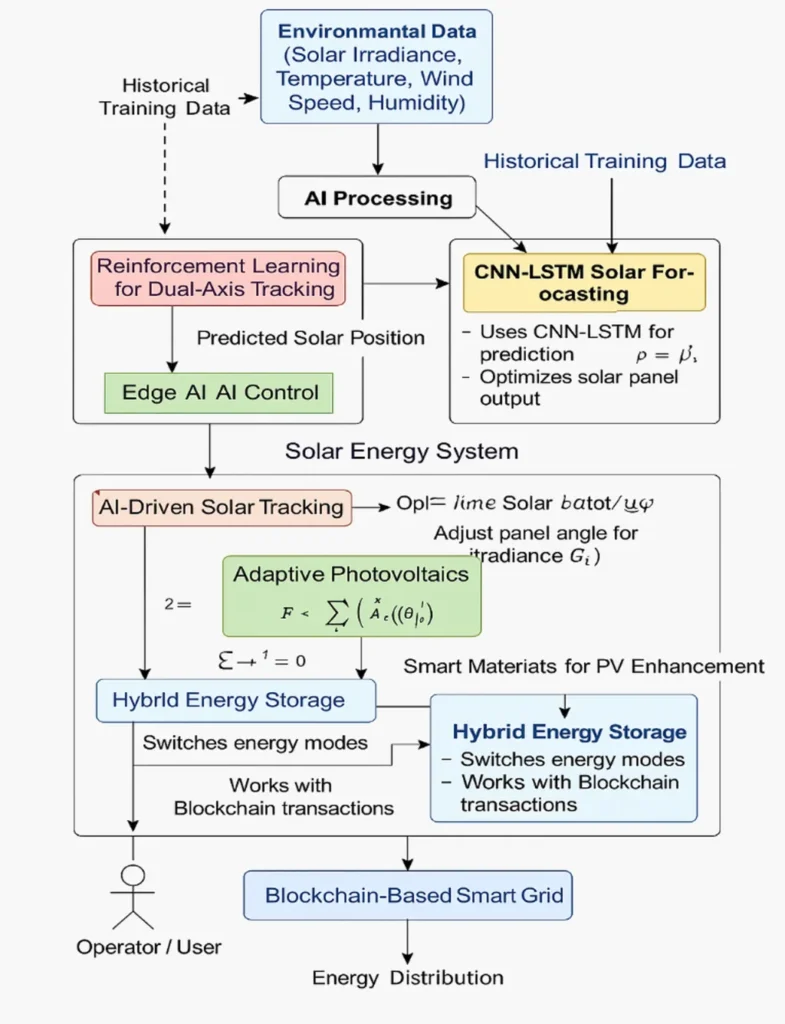Researchers Matteo Rosellini, Filippo Fruzza, Alessandro Mariotti, Maria Vittoria Salvetti, and Lorenzo Tamellini from the University of Pisa have developed a new framework for improving the efficiency of sparse grid interpolation, a method used to approximate complex, high-dimensional, and computationally expensive functions. This research, published in the Journal of Computational Physics, offers potential benefits for the energy sector, particularly in areas requiring detailed simulations and sensitivity analyses.
Sparse grid interpolation is a powerful tool for mitigating the “curse of dimensionality,” which refers to the exponential increase in computational cost as the number of dimensions or variables increases. However, traditional sparse grids treat all regions of the domain equally, which may not be efficient for functions with localized or anisotropic behavior. The researchers’ new approach, called a surrogate-informed framework, addresses this limitation by using an error indicator to guide the interpolation process.
The error indicator serves as a zero-cost estimate for the hierarchical surplus, quantifying the local approximation error by measuring the relative difference between the predictions of two consecutive interpolants of different levels. This allows the researchers to rank candidate points for refinement based on their impact on the overall accuracy of the model. By focusing computational resources on the most impactful points, the researchers can significantly reduce the number of expensive evaluations required, yielding a final model that closely approximates the accuracy of a fully-resolved grid at a fraction of the computational cost.
The researchers demonstrated the accuracy and efficiency of their proposed framework using several analytic functions and a real engineering problem: the analysis of sensitivity to geometrical parameters of numerically predicted flashback phenomenon in hydrogen-fueled perforated burners. This application is particularly relevant to the energy sector, as hydrogen is increasingly being considered as a clean alternative to fossil fuels for power generation and other applications.
The practical implications of this research for the energy sector are significant. By enabling more efficient and accurate simulations, the surrogate-informed framework can help energy companies optimize the design and operation of their systems, reduce costs, and minimize environmental impacts. For example, the framework could be used to improve the design of hydrogen-fueled burners, optimizing their geometry to minimize the risk of flashback and maximize efficiency. Additionally, the framework could be applied to other areas of energy research, such as the modeling of complex fluid dynamics in wind turbines or the optimization of solar panel arrays.
In conclusion, the surrogate-informed framework for sparse grid interpolation developed by researchers at the University of Pisa offers a promising new tool for improving the efficiency and accuracy of complex simulations in the energy sector. By enabling more detailed and precise analyses, this framework can help energy companies make better-informed decisions, optimize their systems, and reduce costs. As the energy sector continues to evolve and face new challenges, tools like this will be increasingly important for driving innovation and ensuring a sustainable energy future.
This article is based on research available at arXiv.

